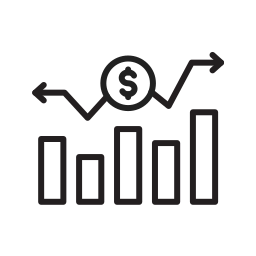Client Overview
Industry Type: Chemical industry, producing various materials for applications in a wide range of sectors, including automotive, electronics, pharmaceuticals, and consumer goods.
Business Size: It is a massive global market with a projected growth rate driven by demand across industrial sectors. The client's business operates in several key markets worldwide, reaching an extensive network of customers in both developed and emerging markets.
A multinational corporation in the chemical sector that is seeking to build and implement a corporate think tank focused on market intelligence. The client aims to centralize its efforts in understanding market trends, customer expectations, and performance metrics while aligning with a governance model. This think tank will help improve decision-making, shape the company’s strategy, and promote better resource management.

Challenges
The client was facing several strategic challenges in improving its market intelligence and ensuring alignment with overall business objectives:

Fragmented Decision-Making
The company’s decision-making processes were scattered across various departments, with no central source of market insights.

Lack of Clear Governance
There was a need to establish a clear governance model to define roles, responsibilities, and performance metrics for market intelligence operations.

Inconsistent Market Strategy
The company was experiencing inconsistencies in aligning its market strategy across regions due to a lack of a unified intelligence framework.

Inefficient Resource Allocation
Without a clear data-driven approach, the company struggled to allocate resources effectively and prioritize high-impact initiatives.


